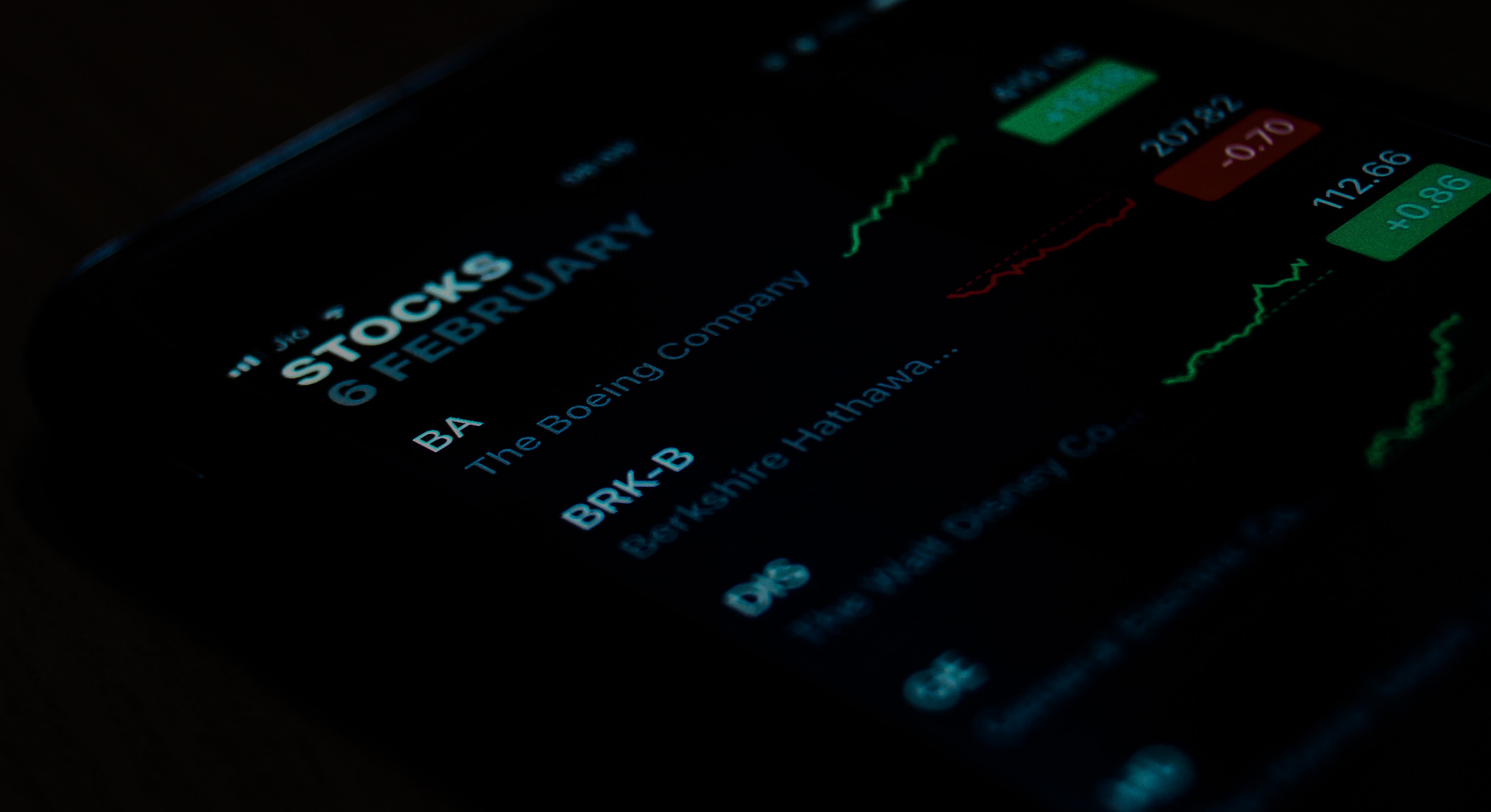Click here to listen to our latest podast!
What to look for when analyzing a company a candidate for a dividend income portfolio? Here are some important metrics to consider!
Dividend History First and foremost, it makes sense to look at the history of the dividend payments from the company to see if there has been and suspensions or cuts in its history. You also want to see if the company has been consistently increased the dividend over time. We will talk more about this is ina few minutes.
Free Cash Flow Free cash flow is the amount of cash a company generates that can be used to pay dividends or repurchase shares without having to borrow money or tap into cash reserves. It is calculated as cash flow from operations minus capital expenditures. This is arguably the purest measure of profitability and the most important metric when analyzing the quality of a dividend. You can also calculate the free cash flow yield, which is free cash flow divided by the market cap of the company.
Payout Ratio The payout Ratio is calculated as the dividend per share divided by earnings per share. It represents the % of profits is paid out as a dividend. This number is typically higher for more mature companies and lower for faster-growing companies. There is no magic number here, but it is important to understand what the payout ratio is relative to some of the other factors we talk about, such as sales growth.
Leverage- Net Debt to Ebitda This measure of leverage is a very important consideration. It is calculated as total debt net of cash divided by EBITDA. This metric tells us how many years it would take to pay off a companies debt if debt and EBITDA are held constant. Generally, lower is better, 3x or less is an excellent place to start, but for companies that operate in stable industries such as consumer staples or utilities and even some larger diversified healthcare companies, these companies can carry more debt due to stability of cash flows and these companies typically have higher leverage sometimes as high as 5x without it being an issue.
Net Debt to Equity/Capital This is a metric that tells us what percentage of the total capitalization of the company is funded through debt. It is calculated as total debt net of cash divided by total debt net of cash plus shareholders equity. This a ratio that should be looked at within the context of the company's industry, as more stable industries will typically have more debt. It also should be looked at historically to see which way it's trending. Note that this can go up in a wrong way and a maybe bad or maybe idea. If the ratio goes up because a company is maturing and issues new debt to expand their business, this may be a good thing as long as the company is not overextending themselves amongst other factors. However, if the ratio goes up because the equity side goes down to do poor execution, external shock, or some other reason, this is not a good sign.
Operating Profit Margin Operating profit margin or EBITDA margin- this is a true measure of the profitability of business without taking into account interest or taxes. High operating profit margins typically mean that the company has a strong position in the market through intellectual property or scale. It's important to look at how this metric has moved through the years. Declining margins would require further investigation to see what is causing it.
Sales Growth Sales growth is a very important and fundamental metric to look at if you are looking for dividend income, you surely want the company paying you to be growing or at least have stable revenues. Very cyclical industries can have wild swings in revenue, which can affect profitability.
P/E Ratio The price to earnings ratio is important to look at because you don't want to overpay for a dividend stock. Valuation multiples contracting can be one of the fastest ways to lose money in stocks. Take a look at how what the current P/E ratio is and compare it to the average P/E ratio. If the p/e ratio is much higher than average, take a deeper dive to see what has been going on with the company to see if it is deserving of the higher valuation. Otherwise, it may pay to wait for the valuation to come back to average.
Biggest dividend investing pitfall:
Chasing Yield- Principal can be income!
The biggest pitfall is chasing yield. If you are retired, have a million dollars to invest, and need 50k additional income per year, you may be tempted to buy a few stocks that are yielding above 5%. The issue with this is that companies that are paying out this much are more likely to have some fundamental cracks that are causing the market to value it this way. As such, stocks with higher yields also tend to be more volatile. If an external shock happens in the economy, higher-yielding stocks tend to fall much further than the rest of the market, and while you may still get your dividend income, the principal of your account could be at risk. We would encourage investors to get into a total return mindset. If you buy high-quality companies that have consistent, growing dividends that yield around 2%, your principal will be much more stable. You can take out the dividend income and principal to provide the income you need. That is a much better solution than investing in a high yielding company that goes down 50% and cuts its dividend in half. We have seen that happen a few times, and it is not an enviable position to be in!


